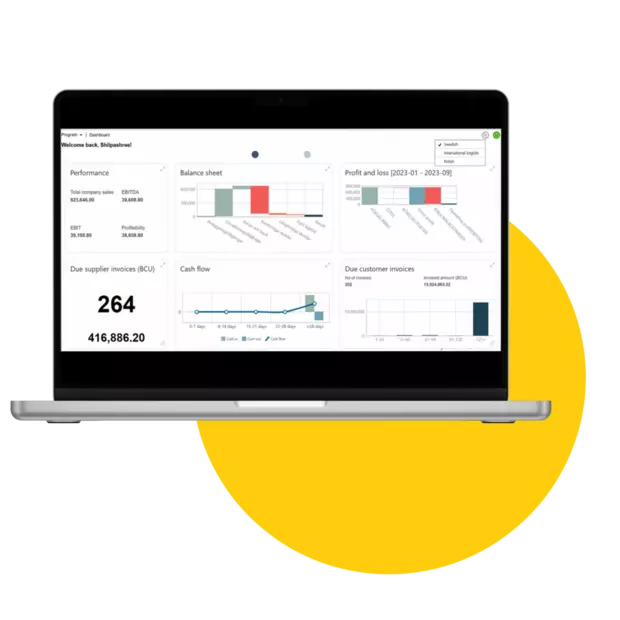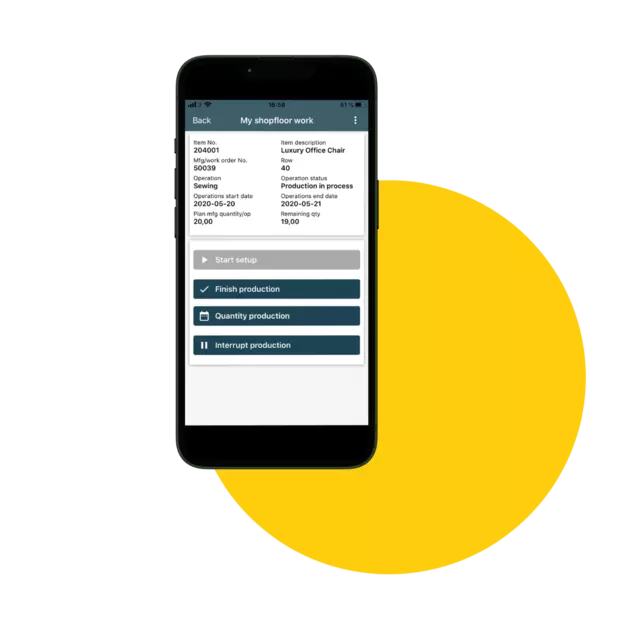Platform and User Experience
No matter who you are and what type of device you're using, you can customize the Jeeves ERP interface to meet your needs so you can work more efficiently.

No matter what your and your organization's needs are, you can customize the Jeeves ERP interface to suit your needs. You can design company specific implementations, integrate with other systems, develop new features and applications as well as building versatile workflows and reports.
The system's unique architecture ensures that all customizations are made separately from the standard functionality, which means that customizations are easily included in upgrades.
Design client
Jeeves Design client can be used to design and develop the user experience of Jeeves ERP on any device. Jeeves Design client can be used both in modifying the mobile - and desktop clients of Jeeves ERP, including programs, dashboards, widgets, charts and more.
Site repository
Jeeves ERPs ingenious architecture separates all types of personalizations and customizations from the standard system so you can carry them with you through every upgrade. Your changes, whether you develop them yourself or use one of our experts, are stored within the system's Site repository.
Flexible framework
Jeeves ERP delivers a powerful, open, standard platform that enables deeply personalized implementations. You can integrate your system with other systems, create custom functions, or build powerful workflows and reports.
Desktop- och mobile client user interface
The desktop and mobile client gives you a future-proof strategy for your ERP system. Whether your device is 7 cm or 70 cm wide, you always have access to the ERP system in real time based on who you are, the size of your screen and the type of work you do.
Jeeves desktop and dashboards
Get a better overview and deal with the right task straight away.


Jeeves mobility
Build, design and publish your ERP processes in the mobile app - quick and easy.